Zen 4 processors (Ryzen 7000 series) are in the market for a couple of weeks now. Zen 4 processors are not selling as much as their earlier generations like the 5000 series or the 3000 series.
Ryzen processors would fly off shelves and go out of stock pretty much immediately but the Zen 4 sales are cold.
Well, it was reported that owing to low sales, AMD is cutting production. There are multiple reasons why AMD Zen 4 is not selling well despite a good show of performance and staying relevant against Intel’s 13th gen processor.
Seeing that not many people are buying the processor, you might hold back your decision to buy them for yourself. Is it worth it to upgrade to the AMD 7000 series? How does AMD compare to Intel for the new generation?
Why is the AMD 7000 series not selling?
Weird release time
The 7000 series was released at a weird time. AMD essentially ended up competing with 2 generations of Intel processors at once. Intel released its 13th gen processor just a few days ahead of AMD.
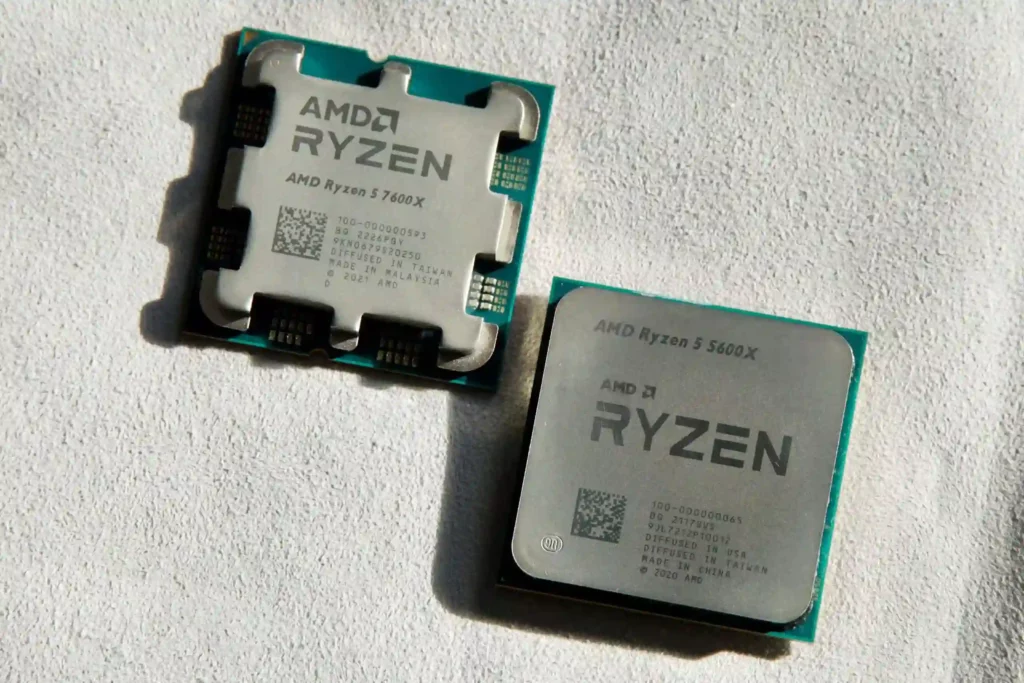
In a way, Intel is one generation ahead of AMD with their latest 13th gen processors. AMD was primarily competing with 12th gen Intel and they were not able to completely wipe the floor against 12th gen. Sure, the single-core performance was amazing but the 12th gen still provided better multi-core performance.
Release of Intel Raptor Lake (13th gen)
Raptor Lake was released just a couple of weeks after the launch of Zen 4 and managed to trump AMD Zen 4, especially in productivity performance. It even matched the single-core performance and gaming performance.
i5-13600K was the best value gaming performance which usually was Ryzen 5 processor. This time around Ryzen 5 7600X failed to be the best value processor. Even i7-13700K turned out to be a better value than the Ryzen 7700X.
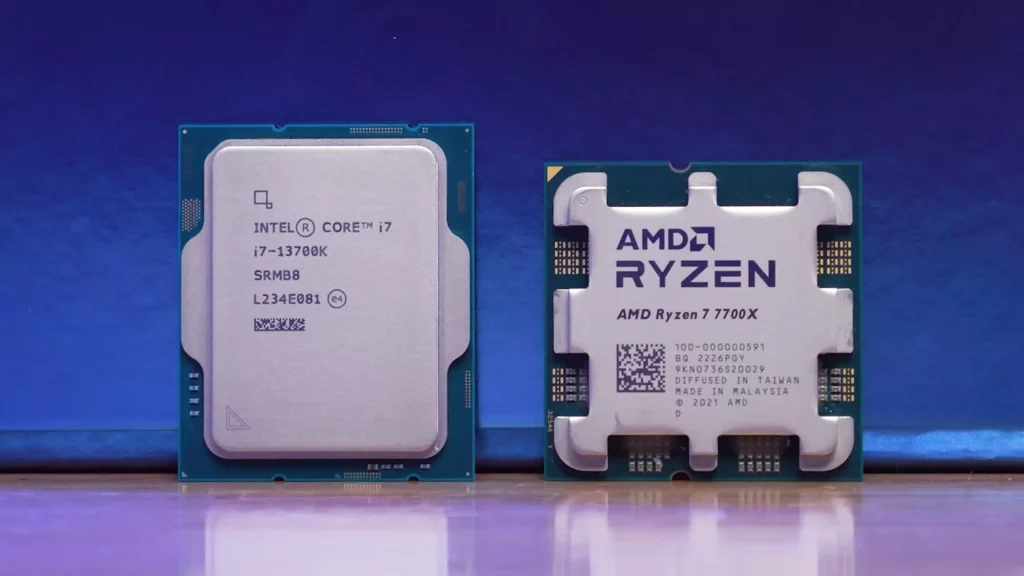
Overall, the release of the 13th gen definitely stopped many people from jumping on the AM5 platform. While the 13900K impressed with the performance, it was highly inefficient leaving 13700K and 13600K more sensible options keeping in mind, price-to-performance.
Insane platform cost of AM5
Even for AM4 owners who are on the 3000 series or 5000 series, AM5 is not a viable option because of the high upgrade cost. While the cost of the processors itself is not high, it’s the price of motherboards and DDR5 memory kits that is driving up the total platform cost.
The cheapest B650 motherboard available in India is for ₹20,000 ($240) and the average cost of the X670 motherboard is the same as Ryzen 5 7600X itself. That is insane!
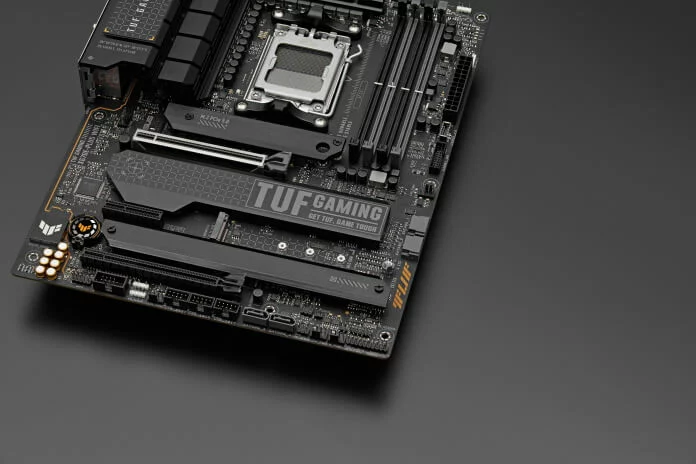
The cost for DDR5 memory is higher but the difference between DDR4 and DDR5 is not that high, at least in India and is reasonable. Adding the cost of the motherboard, RAM and processor, makes AM5 unattractive.
Check: How to choose the best motherboard
Even for AM4 owners who are on much older generations like Ryzen 7 1700 or Ryzen 5 2600, processors like Ryzen 7 5800X3D provide top-notch gaming performance on the same platform. Even Ryzen 5 5600 and Ryzen 7 5800X provide immense value without the need for a new motherboard.
For those building budget-value PC, there is no way they can opt for the Ryzen 7000 series even with Ryzen 7600X because of ridiculous motherboard prices.
Global Recession and Less demand
When the pandemic started, a lot of people needed computers and the overall demand for PC components went up. Now that world is back to normal, the demand has subsided. The demand has further fallen because of the global recession.
People cut back their spending in a recession and that includes spending money on PC builds and overpriced motherboards! For people who want a PC for work are looking towards more affordable and value builds rather than getting the fastest thing on the market.
It’s not all bad, AMD still has a few advantages
The performance of the AMD 7000 series is not bad at all and processors like Ryzen 7900X and 7700X are on the top charts for gaming and single-core performance. Adding to that, AMD has an advantage over Intel’s 12th and 13th generations.
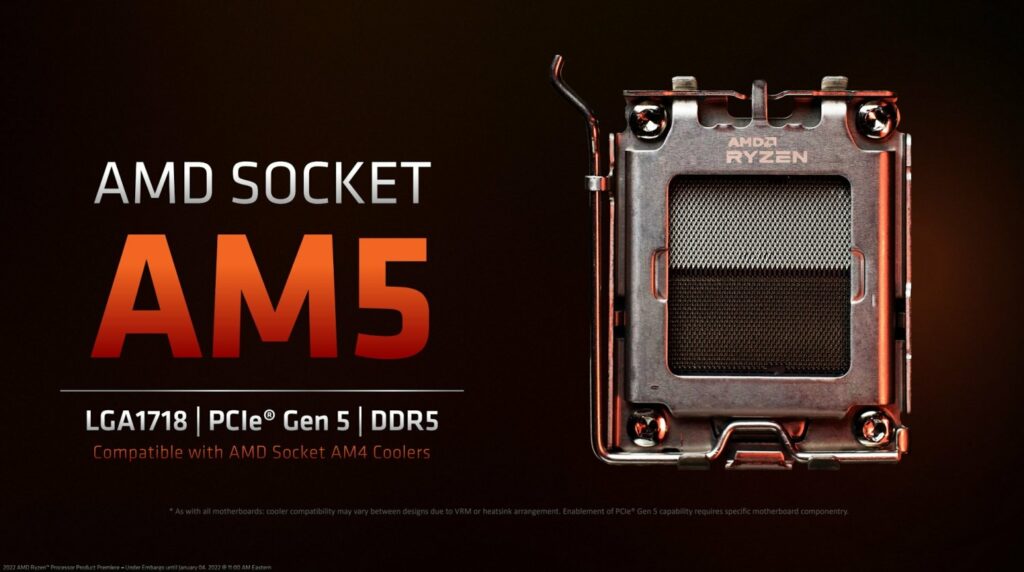
Platform Longevity.
AMD has promised long support for their AM5 platform with support until 2025 at least. AM5 can have at least 3 generations of processors on the platform which is a good thing in the long term.
Just like how the longer support for the AM4 platform is paying off, the same thing will happen with the AM5 in the future. This is important for mainstream consumers who do not upgrade often and whose typical upgrade cycle is 3-5 years.
AMD has another advantage over Intel’s 13th gen and that is Power Draw and Efficiency.
Intel’s 13th gen processor draws an insane amount of power which makes 13900K highly inefficient. While AMD has also increased power draw compared to the previous generation, the overall power draw is lower than that of Intel’s 13th gen and provides better power efficiency.
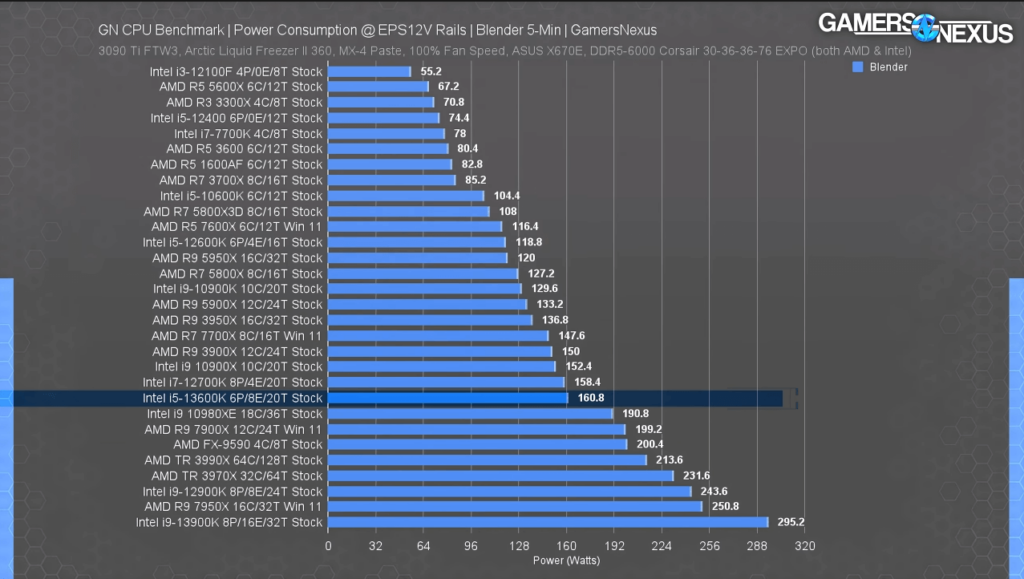
This may not matter for someone who wants to build the fastest PC but it matters for the majority of general users for whom increased power draw can increase their electricity cost and the cost of building a PC with better cooling and higher capacity power supply.
Power consumption is even more crucial for someone who uses their PC for work for long hours. The consistent high power draw can significantly increase the power cost. Adding to the problem is the high cost of power and the power crisis in countries like the UK and in Europe.
Is AMD Zen 4 worth considering against Intel 13th gen?
If price is the main focal point for the competition, Intel 13th gen does provide better value against AMD 7000 series, especially in the budget-value segment.
The Ryzen 9 7950X is reportedly selling the most overall among all merchants, followed by the 7700X, with substantially lower sales for the other two variants. According to reports, the AM5 launch is “top heavy,” suggesting that customers are more interested in high-end builds than entry-level versions. In contrast, budget and mainstream products are typically by far the most well-liked CPU offerings in a typical launch and in typical CPU sales.
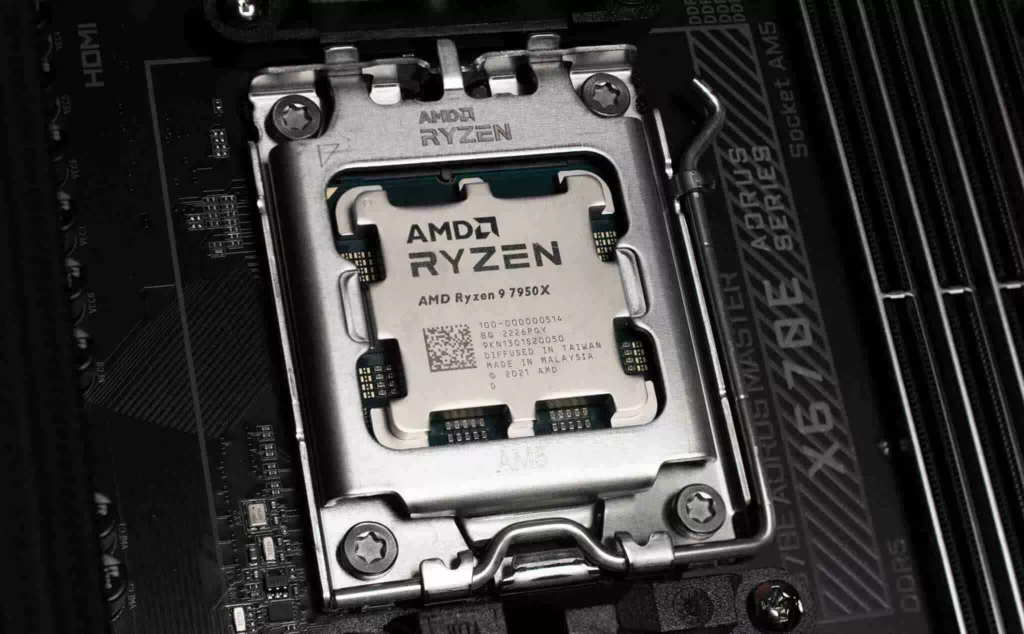
This is expected as people already have great options for budget builds with processors like Ryzen 5 5600, Ryzen 7 5800X3D, Intel i5-12400F and Intel i5-12600K. For high-end users, jumping on the AM5 platform won’t be a bad decision as it does provide the best performance in gaming and productivity alike.
AM5 is not for value users until the price on motherboards drops significantly or AMD decides to drop the price for their processors, which is being considered by AMD if reports are to be trusted.
Conclusion
AMD is looking to be playing the long-term game although some decisions by AMD don’t make sense. AMD has completely abandoned the budget segment with no competition to processors like Intel i3-12100F or even i5-12400.
Another worrying pattern is the multi-core performance. While AMD was chosen for its multi-core performance in previous generations, Intel has trumped AMD in multi-core performance. Just like how Intel did, AMD is more focused on topping the chart instead of providing great value to their consumers.
While the competition has led to dramatic generational improvement in performance, the value proposition of the new processors is diminishing from both AMD and Intel. Personally, I would skip over the current generation and see what the next generation holds.
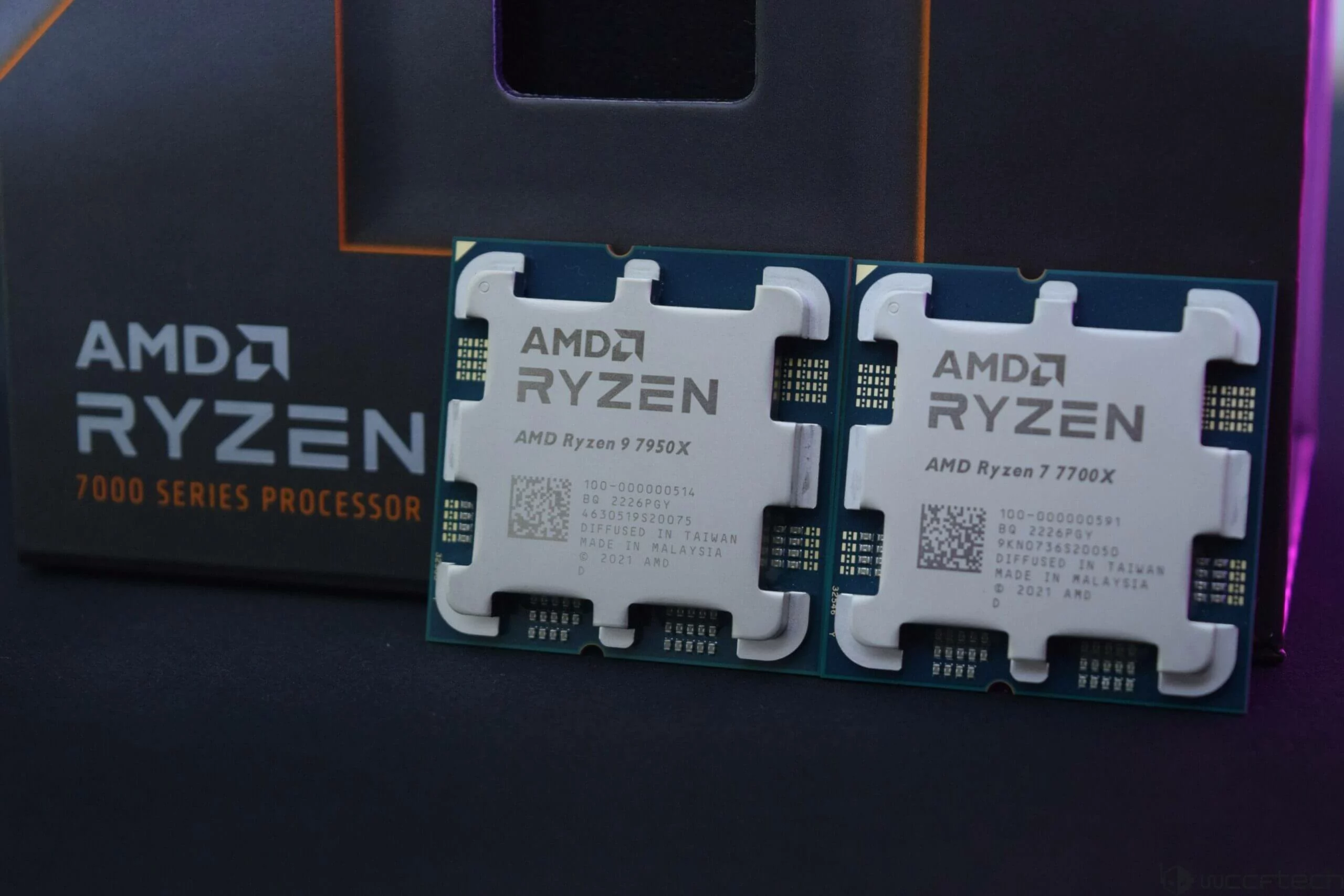
Leave a Reply
You must be logged in to post a comment.